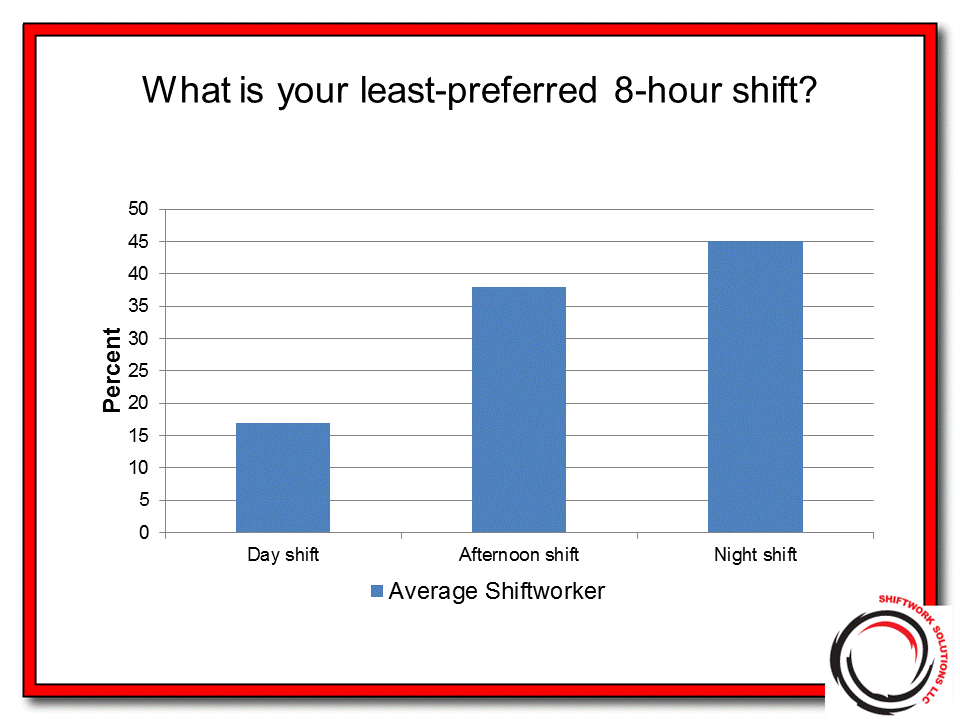Plant managers and Human Resource managers, if you want to make your job a bit easier, take a walk.
Every site I go to the number one issue is “How can we get the people we need to produce at the level we need to produce?”
A facility struggles to find and keep qualified people and then a competitor opens the doors across the street.
What to do.
The short, and expensive answer is to raise wages. Â Not just any wages; you need to raise entry-level wages if you are looking to attract more employees. Â You need to raise all wages if you want to keep employees.
This is Wage Economics 101.
We can get caught up in the “wages solve everything” train of thought but then we lose track of the fact that wages are not the only reason people come to work for you.
This brings me to the subject of this post: Management by walking around.
I was recently at a manufacturing facility where they were struggling with getting people in the door. Â There was a lot of local competition for the same level of the worker within a 20-mile radius.
This particular site was paying wages slightly below the median level. Â This understandably made it hard to compete for new employees. Â However, this company was having very little trouble retaining existing employees; employees that knew they could make more money for similar work just a mile down the road.
I was curious about this and went about interviewing people as to why they liked working there. Â Overwhelmingly the answer was: “I like the people I work with.” Â Nine out of ten gave this as their primary reason for working there.
Now, add to this equation, the plant manager; a young, very bright and energetic man. Â He took me on a tour and introduced me to everyone we met. Â He knew their first names. Â He knew how many children they each had. Â He knew who was in school. Â In short, he knew everything about the 200 employees there as if they were his friends.
And that’s how he treated them.
It was clear that he was in charge. Â If he saw a leak, he’d point it out to maintenance and they got after it. Â If a machine was having a problem, he’d ask the operator what he, the Plant Manager, could do to help.
There was mutual respect across the board.
This manager spent a lot of time on the floor. Â Mostly, I think, so that his people would see him seeing them. Â His presence never had the feel of an inspection. Â Rather, he was there to help them do their jobs. Â The employees were working hard, but not for some unseen boss behind a closed door. Â They were working for the man in the smile that knew them as if they were family.
This was a great place to work and enjoyed my time there.
It all started with the Plant Manager. Â His positive attitude moved down through the ranks until the newest hire felt like he was an important part of what was going on around him.
Yes, wages are a big player when it comes to attracting and retaining quality employees. Â But remember, its not the only game in town.
Call Us and let our Employee Engagement process help to open up the lines of communication between the production floor and upper management.
Call or text us today at (415)763-5005 to discuss your operations and how we can help you solve your shift work problems. You can also complete our contact form and we will call you.










